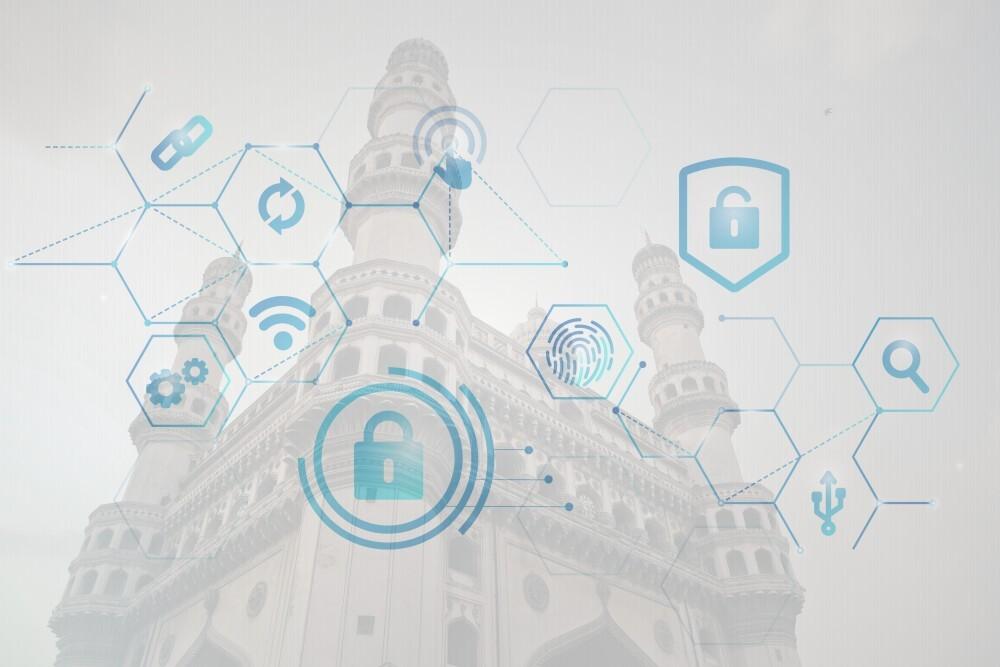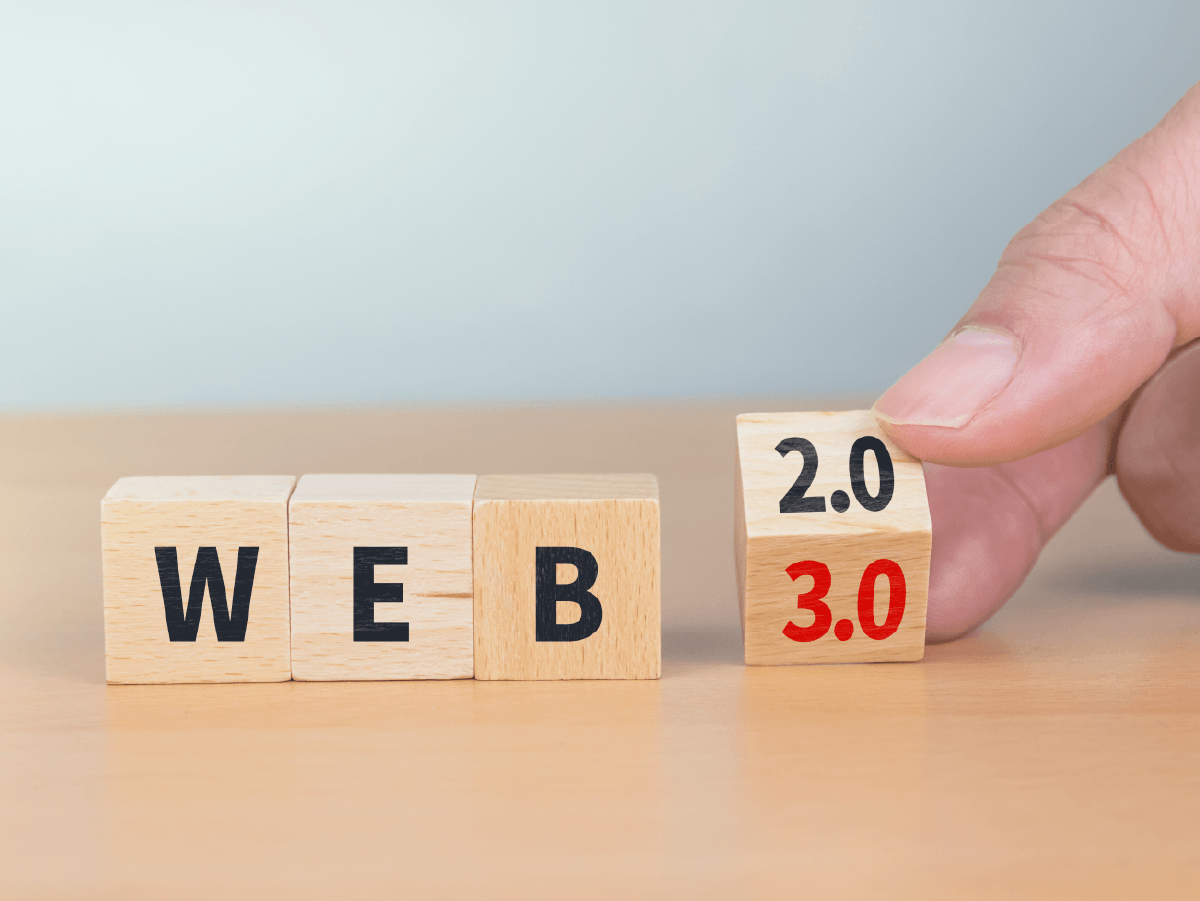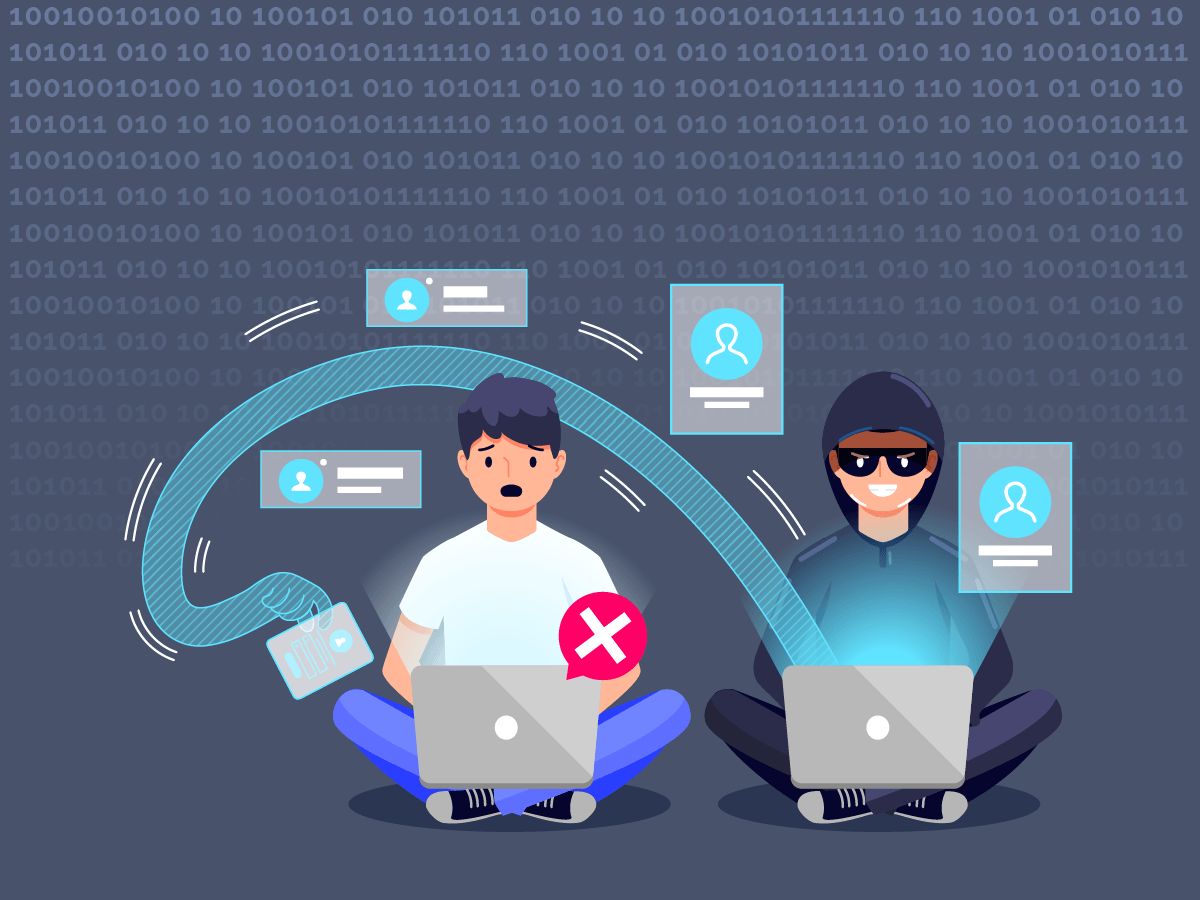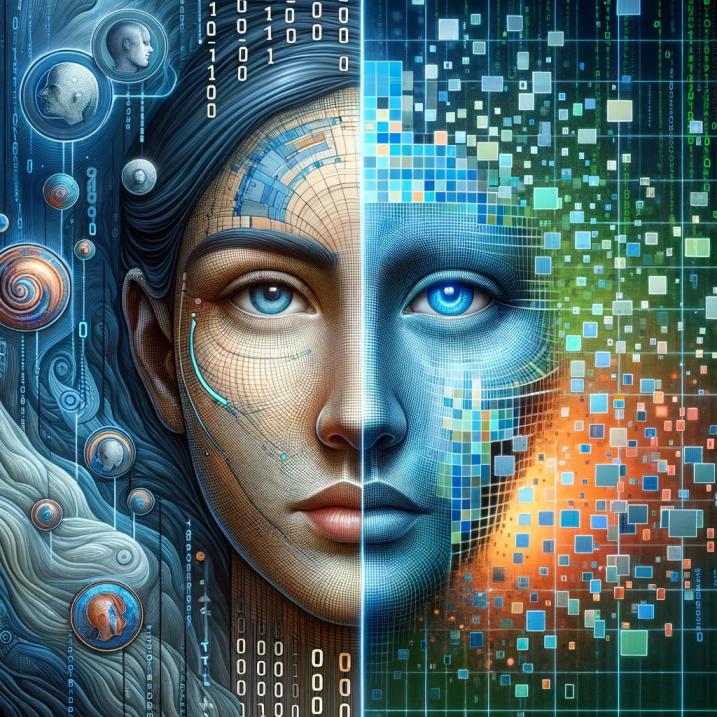
'Deepfake' has become increasingly prevalent in recent times, often accompanied by a mix of fascination and concern. In this blog, we'll dive into understanding what is deepfake and how deepfake works.
As deepfakes become increasingly indistinguishable from real footage, their impact on society, politics and individual lives becomes a subject of crucial importance. Understanding what is deepfake, how deepfake works and its potential effects is essential today.
What are Deepfakes?
The concept of deepfakes originated around 2017 when a Reddit user named "deepfakes" began posting doctored videos using AI software. The history of deepfakes is intertwined with the evolution of AI and machine learning, with roots tracing back to earlier experiments in neural networks and image manipulation.
Here is how deepfake works and how they are created. Creating a deepfake involves several steps, primarily powered by AI algorithms:-
● Data Gathering: This involves collecting a large dataset of images or videos of the target person. The more data gathered, the more realistic the deepfake can be.
● Training the Model: The collected data is then used to train the generative adversarial networks (GAN). The generator tries to create images or videos, while the discriminator evaluates their authenticity.
● Refinement and Rendering: Once the model is adequately trained, it can generate a deepfake. This output is then refined for inconsistencies and rendered into a final video or image format.
The Technology Behind Deepfakes
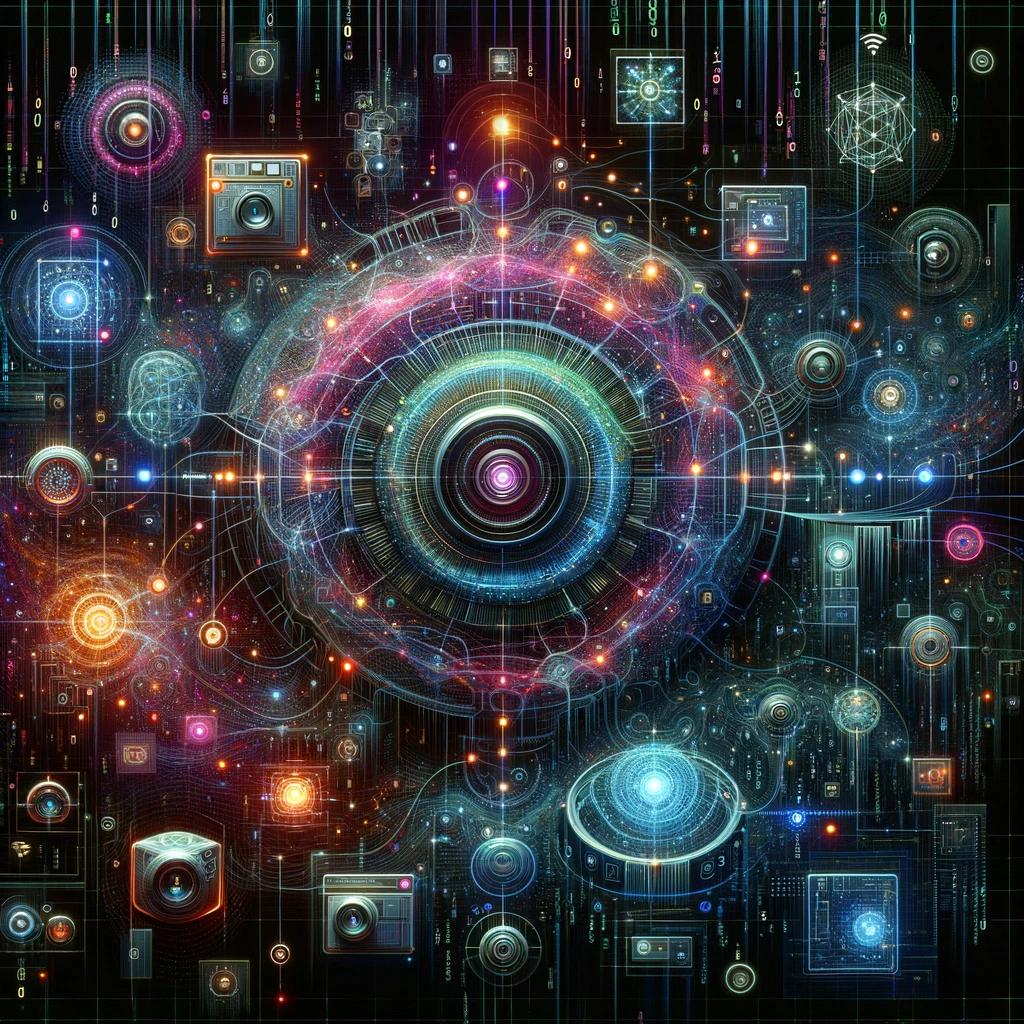 Deepfakes are primarily created using two key AI technologies:
Deepfakes are primarily created using two key AI technologies:
● Deep Learning
● Generative Adversarial Networks (GANs)
The process of creating deepfakes relies on Convolutional Neural Networks (CNNs), a type of deep neural network particularly adept at analysing visual imagery. The CNNs are trained on vast datasets of real images or videos, which is central to what is deepfake and how deepfake works. They learn to replicate human features and movements, a
process fundamental to what is deepfake.
Initially, understanding what is a deepfake was simpler as early deepfakes were relatively easy to spot due to their low quality and visible flaws. However, as AI algorithms have become more sophisticated and computing power has increased, deepfakes have become incredibly realistic and harder to detect.
Uses and Misuses of Deepfakes
Deepfake technology, with its ability to create hyper-realistic but fabricated content, has a wide range of applications, both positive and negative. Understanding what is deepfake and how deepfake works is crucial in recognising its potential and pitfalls.
Positive applications of deepfake can be seen in entertainment, education, art and also business & communication. But there are also some misuses of deepfakes like spreading misinformation, fraud, identity theft and political manipulation.
The Impact of Deepfakes
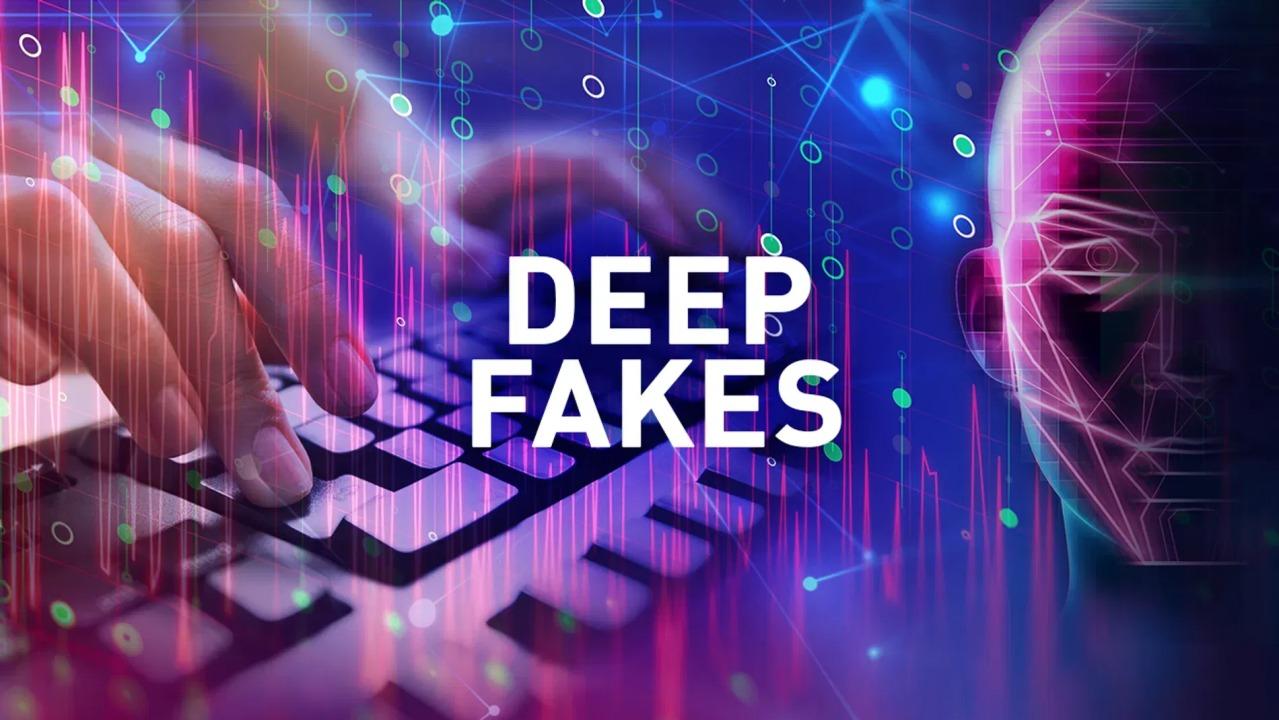 Deepfakes can have a significant impact and have the potential to severely affect various sectors. here are some impacts of deepfakes :
Deepfakes can have a significant impact and have the potential to severely affect various sectors. here are some impacts of deepfakes :
● Undermines public trust in media.
● Challenges in distinguishing real from fake content.
● Consequences in politics: creation of false narratives and reputational damage.
● Security risks: the creation of false evidence and misinformation.
● Personal privacy concerns: emotional distress and privacy violations.
● Societal effect: 'reality apathy', a growing indifference to discerning truth from fiction.
Detecting and Combating Deepfakes
As deepfakes become more advanced, the challenge of detecting and combating these sophisticated forgeries grows. However, efforts are being made on various fronts to address this issue, employing a range of strategies and technologies. Current methods and technologies for detecting deepfakes include AI & machine learning, digital forensic techniques, blockchain technology and human expertise.
The government are acknowledging the danger of deepfake and are making efforts to combat it. The Ministry of Electronics & IT (MeitY) in India has acknowledged that deepfakes are a threat to democracy and is planning to draft regulations for countering deepfake technology. The government’s action plan focuses on four key pillars (Business Today) :
● Detection of deepfakes and misinformation.
● Prevention of the spread of identified deepfakes and misinformation.
● Fortifying the grievance and reporting mechanism.
● Raising awareness about how deepfake works.
Legal and Ethical Considerations
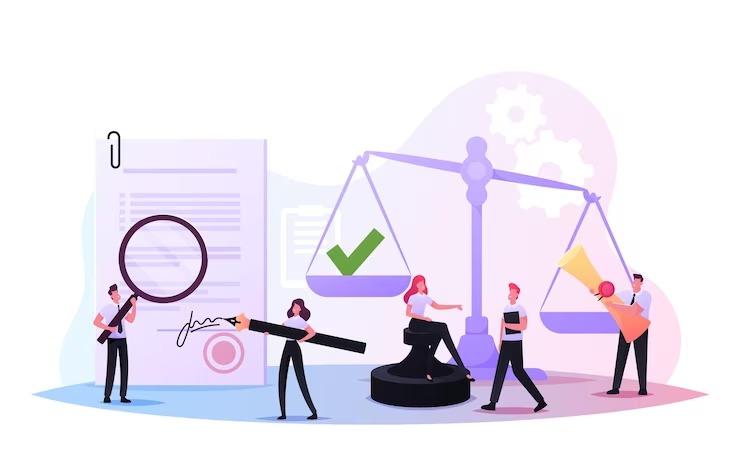 Ethically, deepfakes raise questions about consent, truthfulness, and the potential for harm. Currently, there are laws in India regarding deepfakes and there is also a possibility of some future legal frameworks. As for the current laws, The Information Technology Act and the Indian Penal Code provide recourse for redressing privacy violations, defamation and cybercrimes associated with deepfakes (SCC).
Ethically, deepfakes raise questions about consent, truthfulness, and the potential for harm. Currently, there are laws in India regarding deepfakes and there is also a possibility of some future legal frameworks. As for the current laws, The Information Technology Act and the Indian Penal Code provide recourse for redressing privacy violations, defamation and cybercrimes associated with deepfakes (SCC).
IT Minister Vaishnaw has also directed social media and tech companies to combat deepfake threats or face penalties. Measures such as watermarking AI-generated videos and detecting deepfakes will be implemented in the future.
Preparing for a Future with Deepfakes
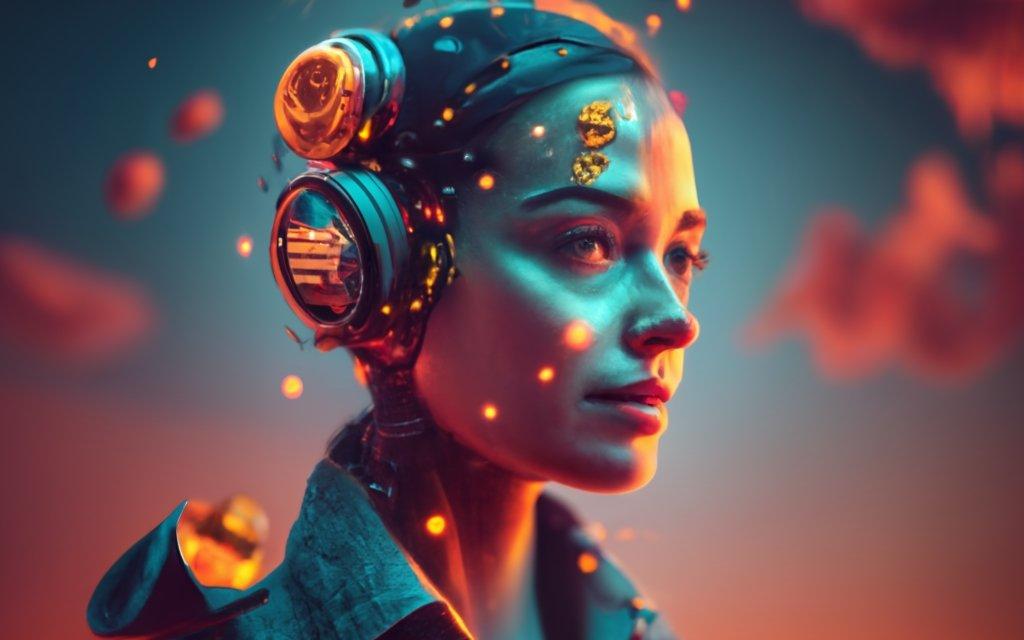 As deepfake technology becomes increasingly prevalent, understanding how deepfake works and what is deepfake is imperative for individuals and organisations. Education, verification strategies and media literacy play crucial roles in navigating this landscape.
As deepfake technology becomes increasingly prevalent, understanding how deepfake works and what is deepfake is imperative for individuals and organisations. Education, verification strategies and media literacy play crucial roles in navigating this landscape.
Since it has become difficult to distinguish between real and fake information in this age of deepfakes, here are some tips for verifying media and information :
● Use of Verification Tools
● Cross-Referencing Sources
● Critical Analysis
Media literacy plays a vital role in combating the negative effects of deepfakes and can be spread to the public through the following mediums :
● Educational Programs
● Public Awareness Campaigns
● Promoting Ethical Standards
Conclusion
Deepfakes have shown us both the creative and destructive potential of synthetic media. The dual nature of deepfakes underscores the importance of understanding this technology, not only what is deepfake and how deepfake works but also its potential impact.
The continuous evolution of deepfake necessitates a dynamic and proactive approach. Continued vigilance is essential in developing and refining detection methods, legal frameworks and ethical guidelines. Similarly, adapting our skills in media literacy is crucial. By embracing both awareness and responsibility, we can navigate the challenges posed by deepfakes, ensuring that we harness their potential while safeguarding our collective trust in the digital world.

